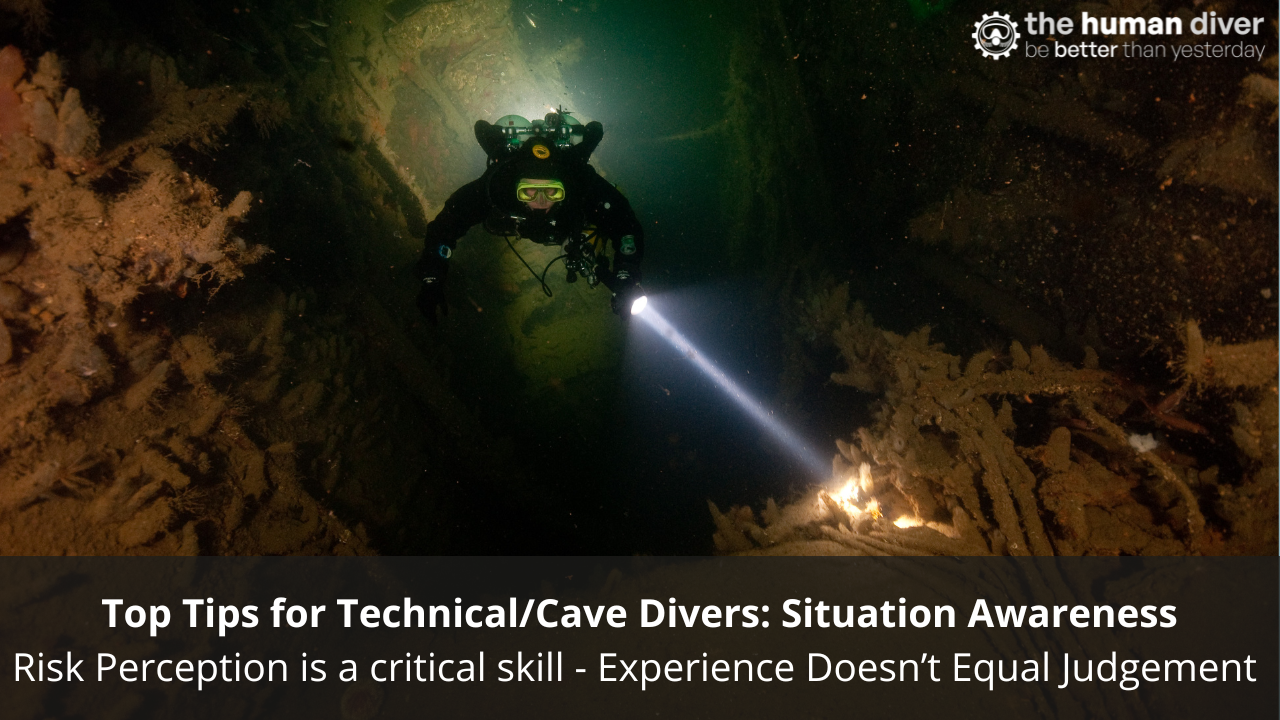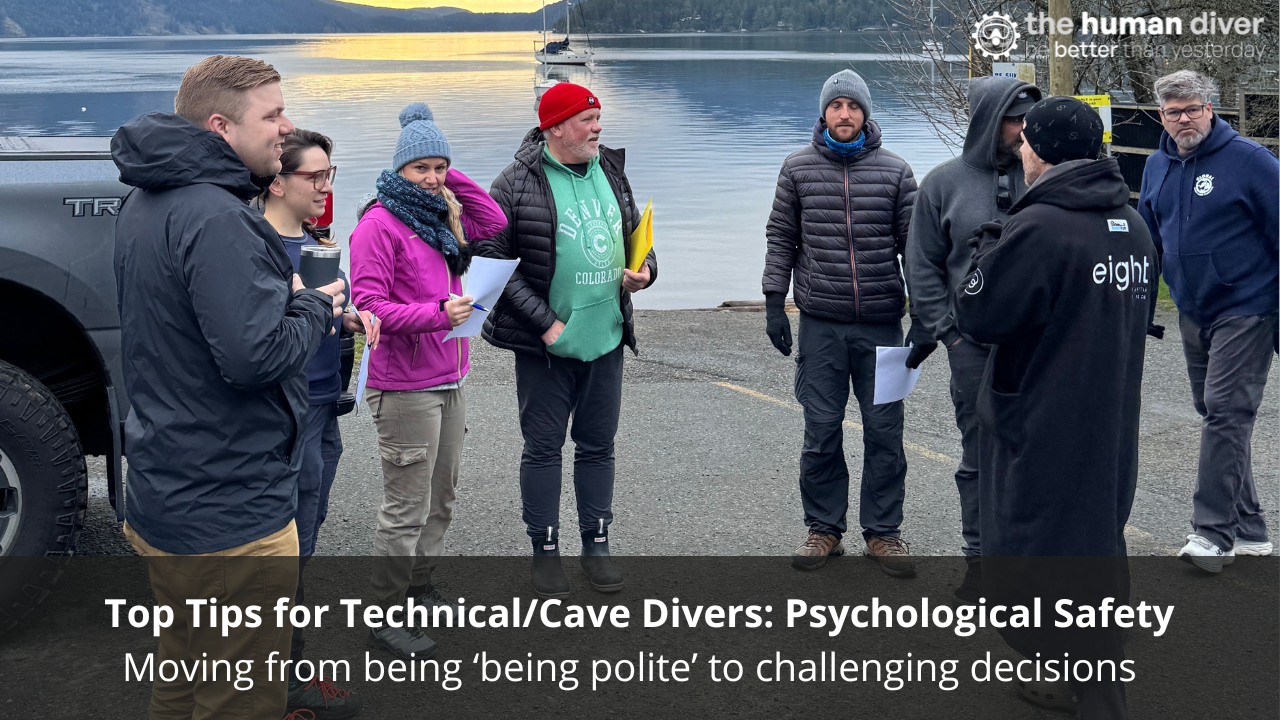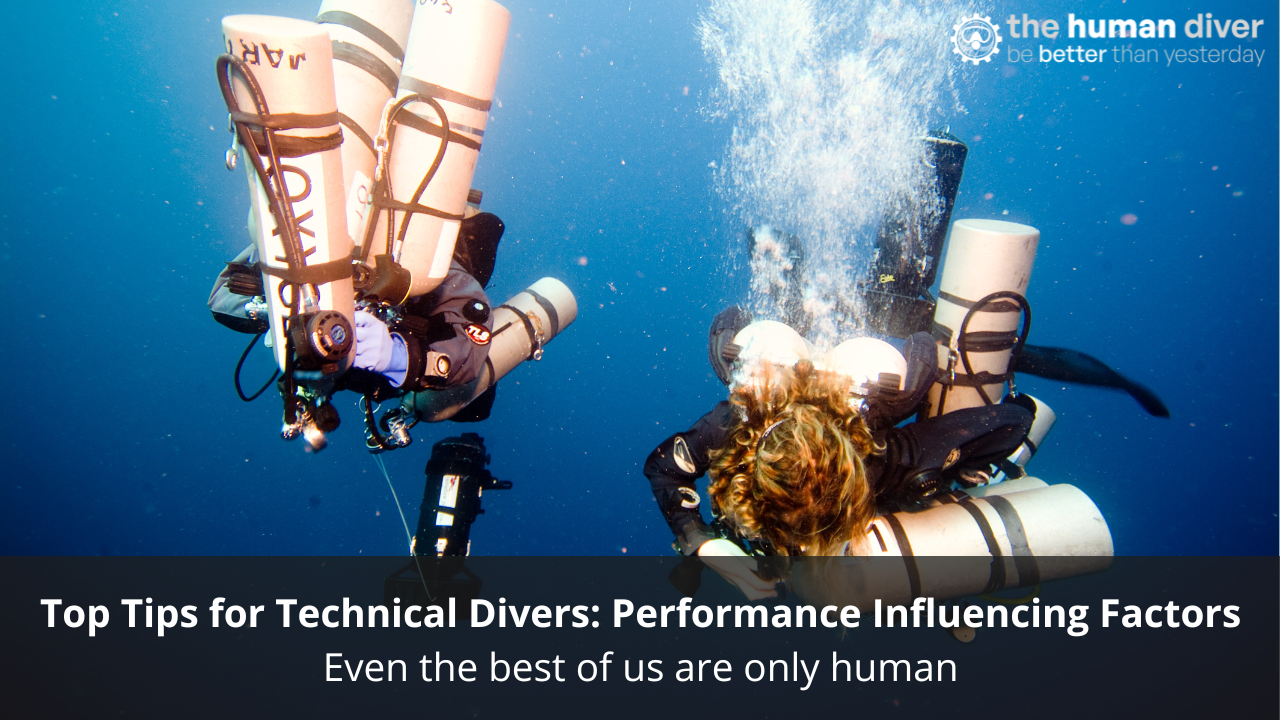
Top tips for diving instructors: Communication (especially the difficult kind)
Aug 20, 2025There’s a growing challenge being experienced by dive instructors.
It’s not about air sharing, buoyancy, or navigation. It’s about expectation management – specifically, the increasing trend where students believe that when they buy a dive course, they’re buying the certification card and associated qualification.
A dive instructor recently shared a story that highlights this issue perfectly. At the end of a 3- day Open Water course, they made the difficult decision not to certify a student. The student had attended all sessions, given their best effort, but in the instructor’s professional judgement, they hadn’t yet reached the level of competence and confidence needed to be certified as an independent diver.
The student – and their family – were both surprised and frustrated. The first thing they said?
“But we paid for the course!”
Their response captured the issue perfectly: a disconnect between what was purchased and what was expected.
This blog is about those difficult moments when instructors have to deliver uncomfortable news. There will be times when doing the right thing professionally might not be the easy thing personally. We'll explore how instructors can prepare for and manage these moments, and how effective, clear communication can make all the difference going forward. It isn't what you say, it is how you say it.
1. Set expectations early (before payment is made)
For many new divers, it’s not obvious that a course is performance-based. They assume that showing up, completing the sessions, and demonstrating some basic skills is enough to earn certification.
It's important to make the requirements clear from the outset. Consider saying to students (and parents, if applicable):
“You’re paying for training, which doesn't mean a guaranteed qualification. Certification isn't awarded because the calendar says we’ve reached the last day. It is awarded when you demonstrate the necessary competence to dive safely and independently beyond the course.”
Setting this expectation upfront helps reduce the surprise if a student needs more time to pass the course. It also helps establish a foundation of professionalism and safety from the outset.
2. Explain the 'Why' behind the standard
When a decision is made not to certify, take the time to explain why the standards exist in the first place.
Certification must not be a checkbox exercise. It's more than demonstrating a skill once under controlled conditions, it’s about consistently showing the ability to dive safely and effectively in the real world.
“This isn’t about failure. It’s about confidence and ultimately it’s about safety. My job is to ensure you’re ready to dive independently, not just to get you through the course. In the real world, I won't be there to help you.”
This shift in framing will help the student see the decision not as rejection, but as a commitment to quality and care.
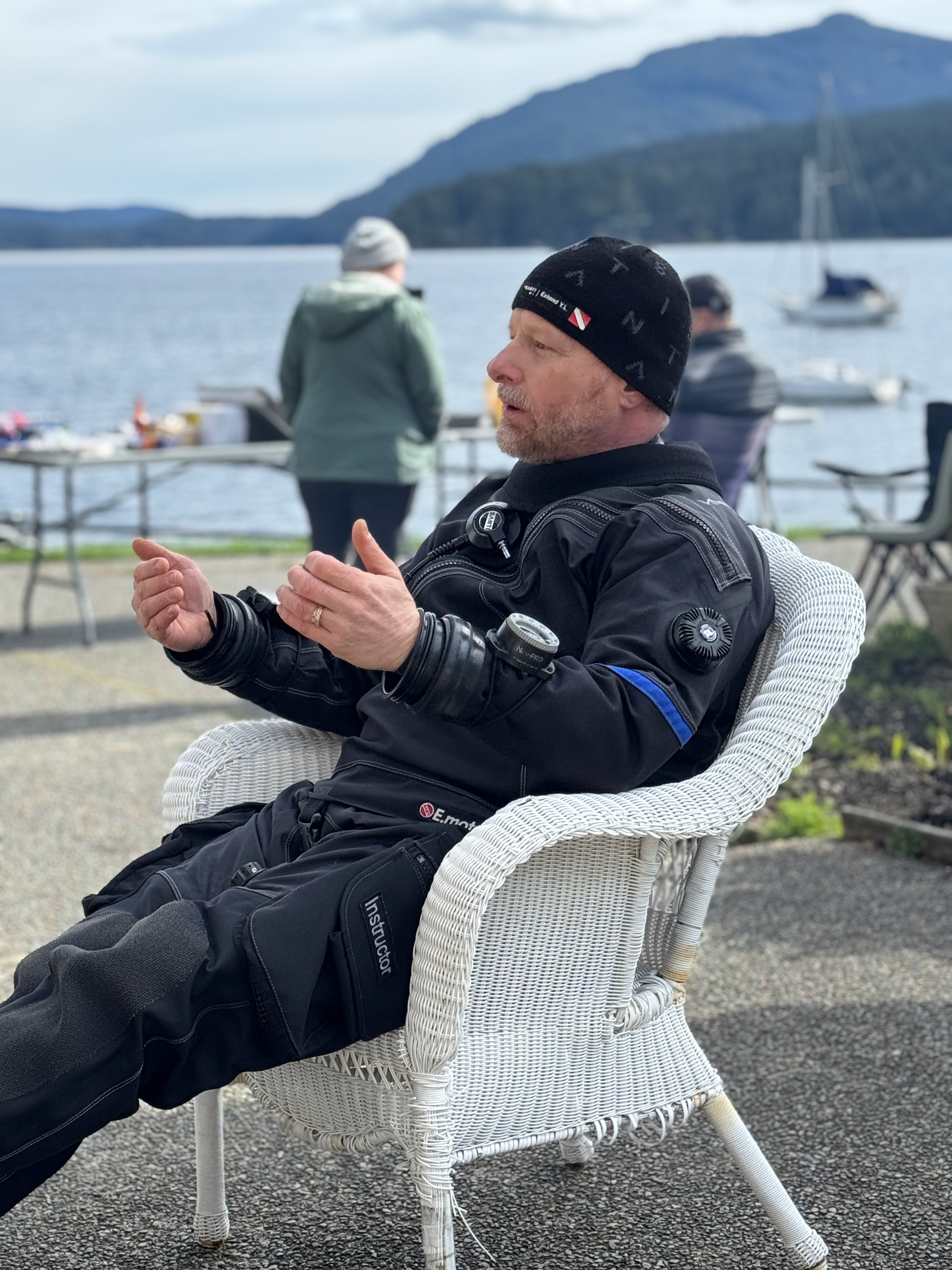
3. Language matters – Especially in difficult conversations
Carefully chosen language, especially when delivering tough news, is absolutely critical. Instead of using terms like “you've failed” or “you're not good enough,” use phrases like:
-
“We're not quite there yet”
-
“We're still building confidence”
-
“We need more time to develop”
This subtle shift and inclusivity (using 'we' rather than 'you') helps protect the student’s self-esteem and keep them in a growth mindset. It is about learning, not labelling. Progress, not punishment.
4. Stay firm, stay kind
In the face of frustration and pushback, acknowledge the student's disappointment and reassure them that it wasn’t a reflection of failure, just that more time was needed. Don't waver on the decision to withhold certification, because doing so will make things worse and could seriously compromise your professional integrity.
“I know this isn’t what you were hoping for, but I can’t, in good conscience, sign off on a certification when I believe more training is needed. That wouldn’t be fair to you or to the people you’ll dive with in future.”
The tone needs to be firm, but definitely empathetic – an approach that maintains both the standard and the relationship.
5. Anticipate the ‘But I paid!’ response
This is a common pressure point and natural reaction. Students often equate payment with entitlement to a certification card.
Address this directly but professionally:
“The course fee covers access to my time and expertise, the equipment, the facilities, and the structured learning process. Certification is awarded when the required performance level is reached – not simply because the course is complete. Think of it like a driving test: you can pay for the lessons, but the licence is only issued by the assessor when you prove to them that you’re ready for it.”
This clear boundary can help recalibrate expectations and reminds the student that training and certification are two separate things.
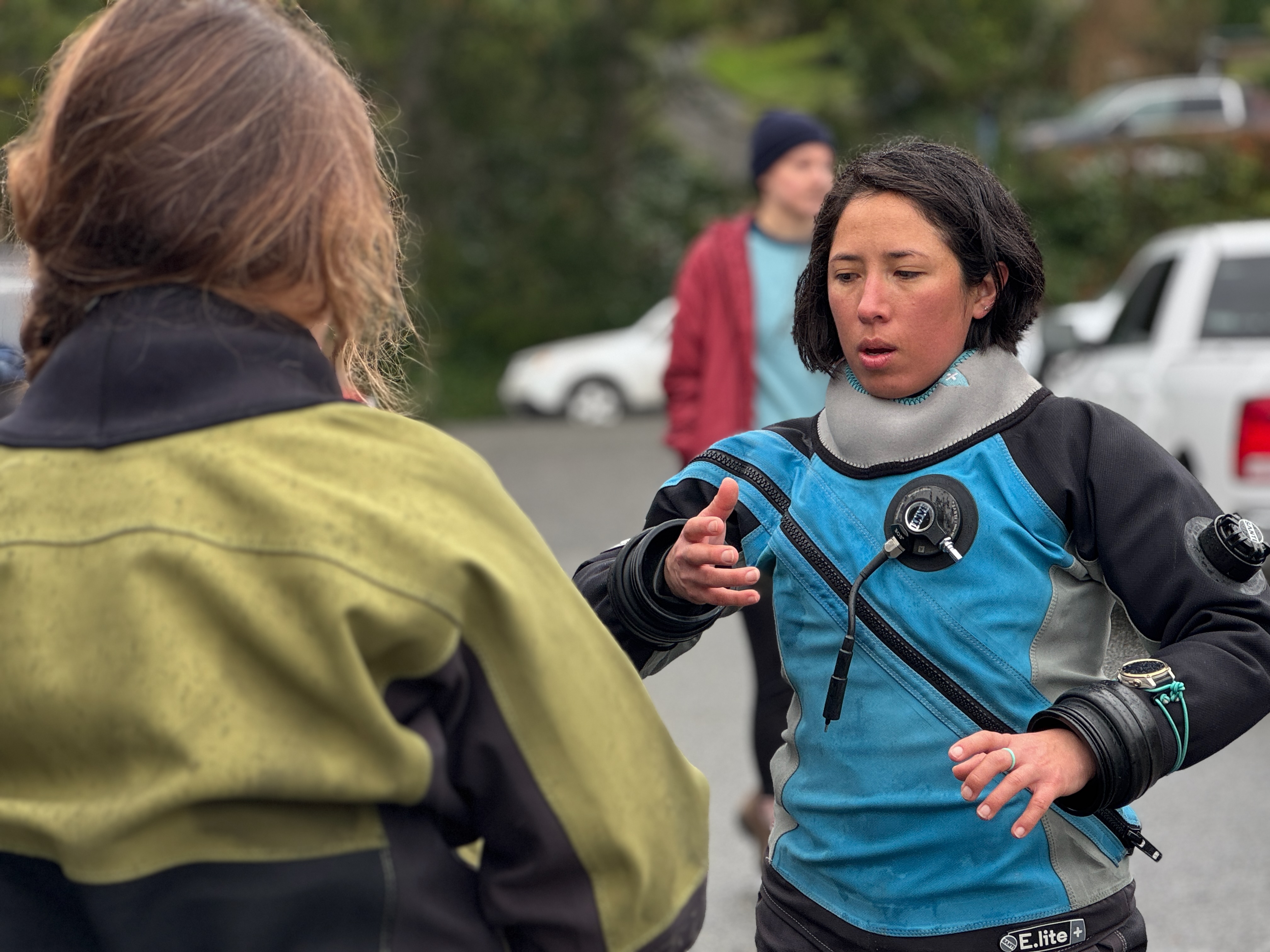
6. Normalise needing more time
One of the issues the instructor encountered was the belief that everyone gets certified in the advertised number of days. Students often assume that if they don’t finish in three or four days, they’re somehow failing.
To deal with this, make a point of normalising additional time.
“Everyone learns at a different pace. Some people finish quickly, others take a bit longer. That’s totally normal and it doesn’t reflect your ability or potential. It just means we keep working until you’re ready.”
By making this a standard part of communication throughout the course, we can reduce the stigma of needing more time and make it easier to have that conversation if it becomes necessary.
If you have personal stories of needing more time during your own diving experiences and training, then share them with your students. Demonstrating this kind of vulnerability is a great way of showing the students that needing more time is normal.
7. Check in with your own discomfort
Behind the scenes, acknowledge that these conversations are never easy, even with experience. Reflect on how difficult it can be to deliver news that will upset or disappoint a student.
Are you nervous about negative reviews? About losing a future referral? About being seen as the “bad guy”?
Yes.
This makes total sense. However, a diving instructor's first responsibility is to student safety and integrity. Upholding standards – even when it’s uncomfortable – is a critical part of the job.
Part of being an instructor doesn’t mean avoiding difficult conversations. It means being skilled in having them.
Final Thoughts
The instructor’s story isn’t unique. More and more, dive professionals are encountering students who view the certification card as a purchase, rather than an achievement, and that mindset can lead to tension if not addressed early.
While I've used an instructional story to provide context to this subject, the same ideas can be applied to any 'difficult conversation' scenario such as the minimum number of dives required to go on a live-aboard or the minimum certification needed to visit a particular dive site.
Regardless, the way to deal with these issues isn’t complicated. It’s communication. Honest, clear, empathetic communication – especially when it’s difficult.
So, if you're a diving instructor, consider:
-
Setting expectations early and clearly.
-
Explaining why standards exist.
-
Using kind, growth-oriented language.
-
Standing firm, with empathy.
-
Addressing the money vs. certification gap directly.
-
Normalising longer learning curves.
-
Reflect on your own discomfort so it doesn’t steer your decisions.
At the end of the day, the best instructors aren’t just those who produce certified divers, the best instructors are those who produce safe, prepared, and aware divers.
Mike Mason is part of the Human Diver Team. Our mission is to give you the skills and knowledge so that you can be better than you were yesterday. If you'd like to deepen your diving experience, check out the youtube channel and consider taking the online introduction course which will change your attitude towards diving and make it better and safer. Alternatively, visit the website or start your journey into Human Factors in Diving with this introduction blog .

Want to learn more about this article or have questions? Contact us.

